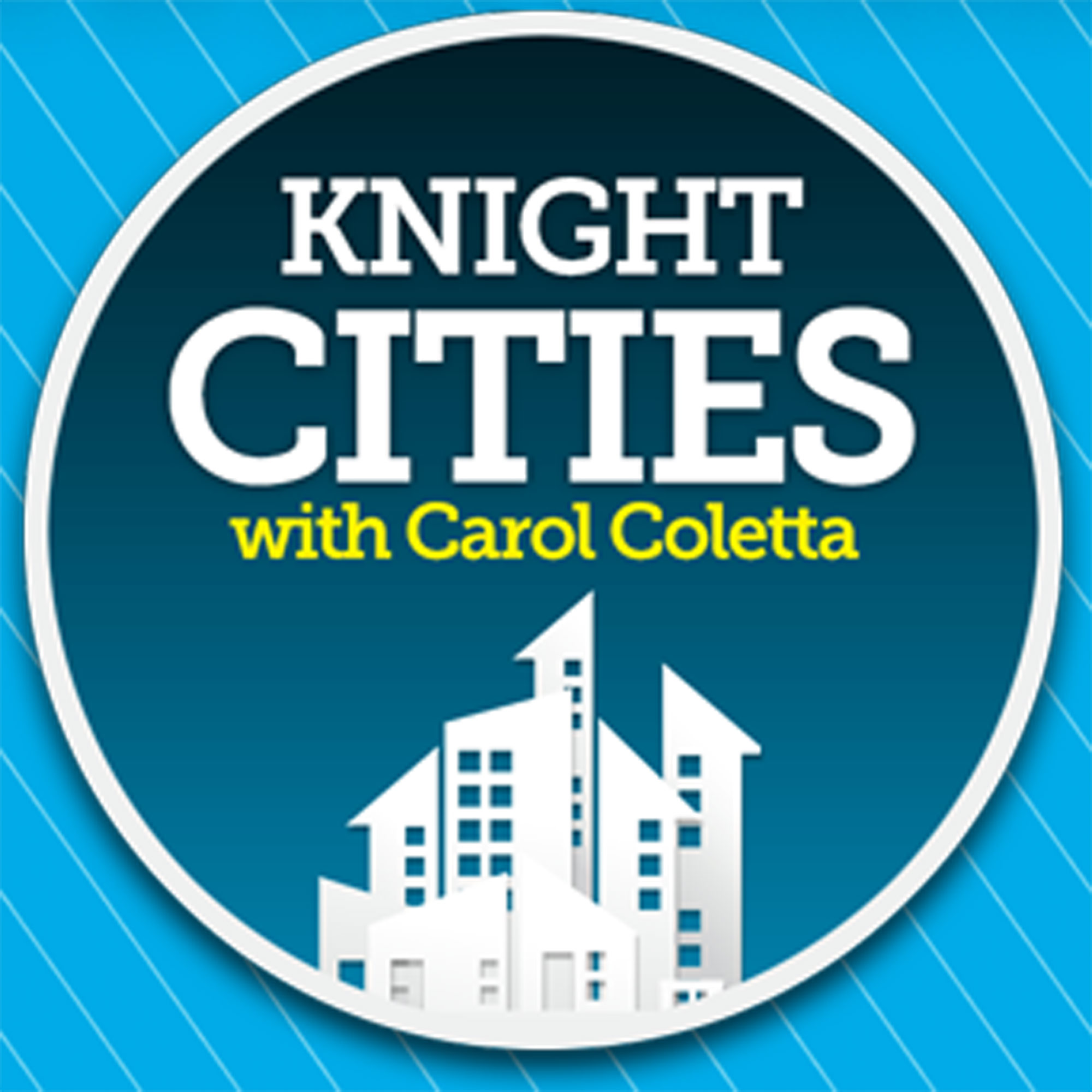
‘Knight Cities’ podcast: Mining science to shift public behavior
Can behavioral science nudge us into better behavior?
A growing number of government leaders think so. And they are being assisted by ideas42, a firm that uses behavioral science to design scalable solutions for social impact. Our guest this week on “Knight Cities” is Ted Robertson, managing director at the firm.
Here are five things you should know from my conversation with Ted:
1. Behavioral science is the science behind why people do what they do.
2. There is often a gap between what people intend to do and what they actually do. Behavioral science can help with the redesign of services and products to reduce the “hassle factors” and other things that get in the way of following through on intentions.
3. The more choices you offer, the less participation you’ll get.
4. People tend not to want to lose things more than they want to gain things. Also, people tend to overestimate low-probability situations and their own abilities.
5. Governments are beginning to use behavioral science to get public behaviors that reduce public cost and improve quality of life, such as more recycling, less gun violence, more vaccinations.
You learn more about Ted’s work at ideas42.org. Look for new “Knight Cities” content posted every week. You can follow us on Twitter at #knightcities or @knightfdn. And if you have ideas for people you’d like to hear from, please email me.
Carol Coletta is vice president of community and national initiatives at Knight Foundation. Follow her on Twitter @ccoletta.
Photo: Ottawa by Melina Stathopoulos on Flickr.com
Recent Content
-
Community Impactarticle ·
-
Community Impactarticle ·
-
Community Impactarticle ·



